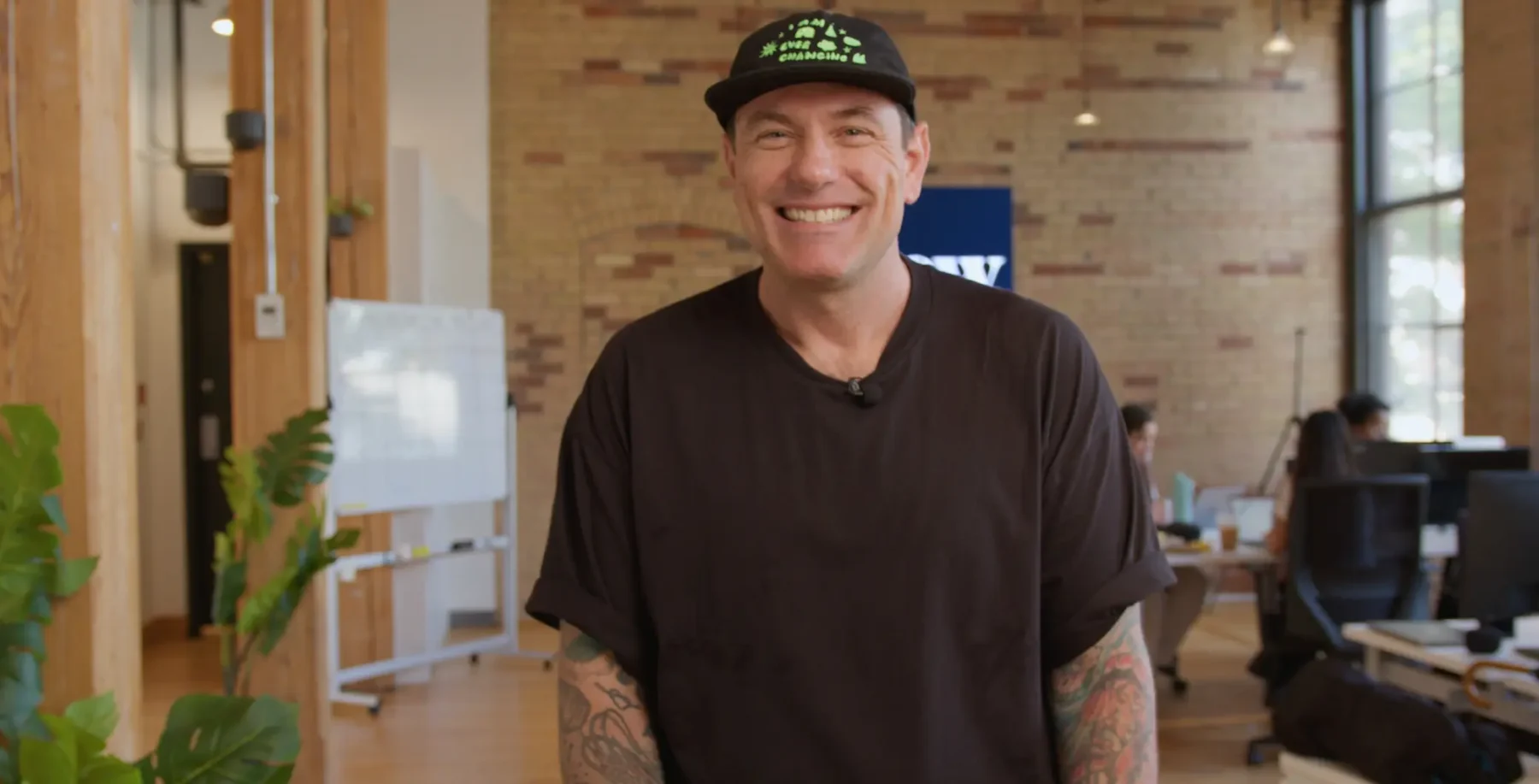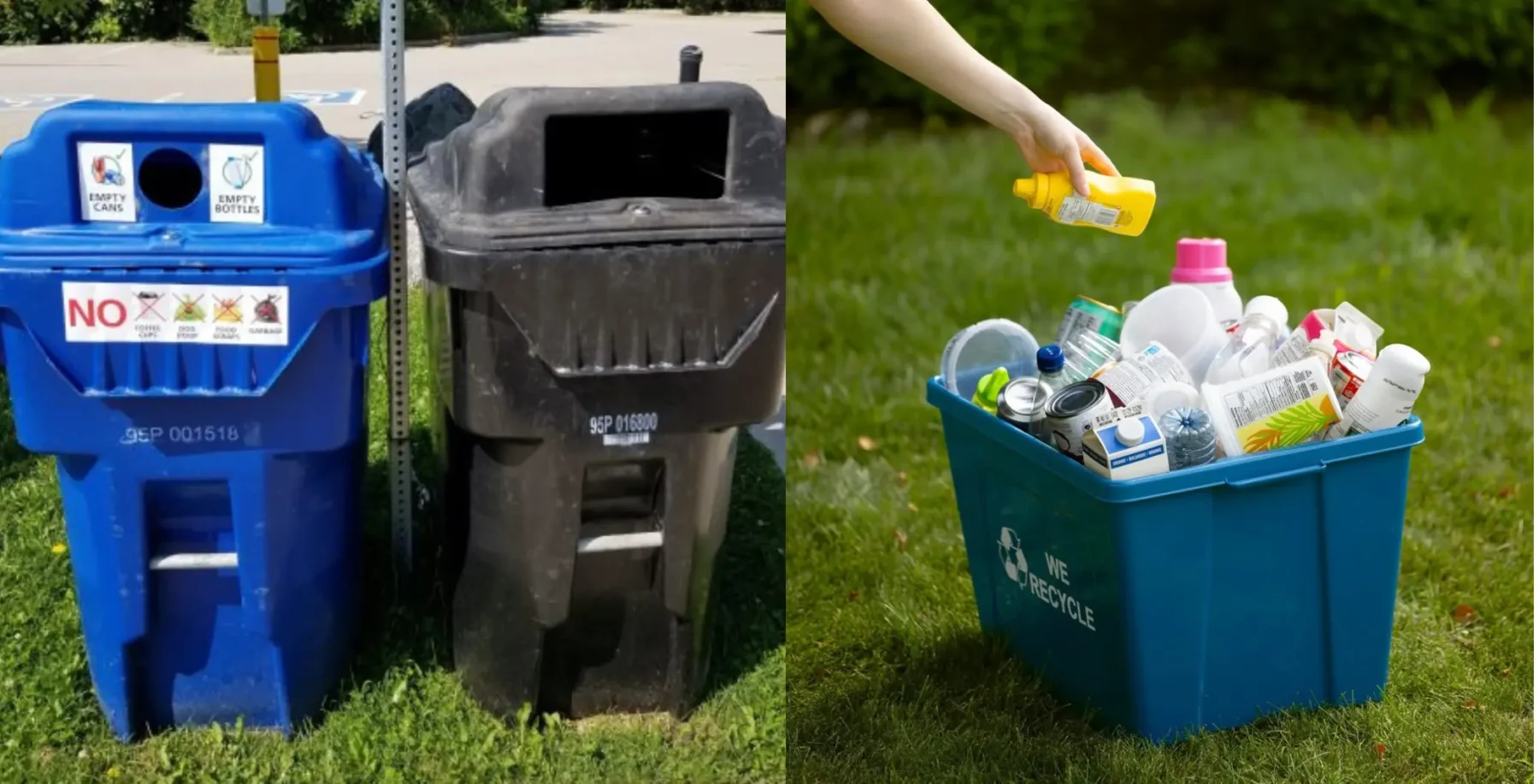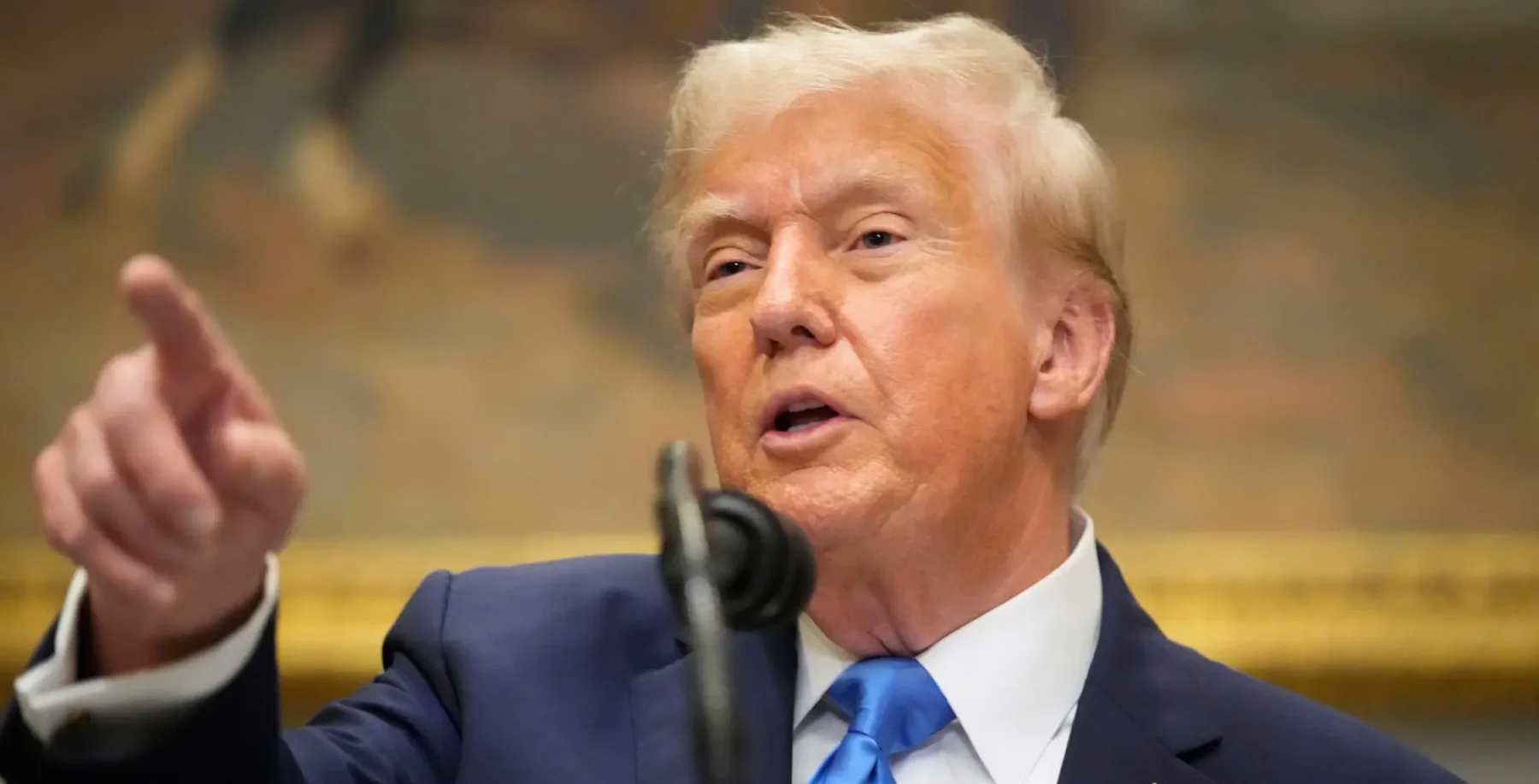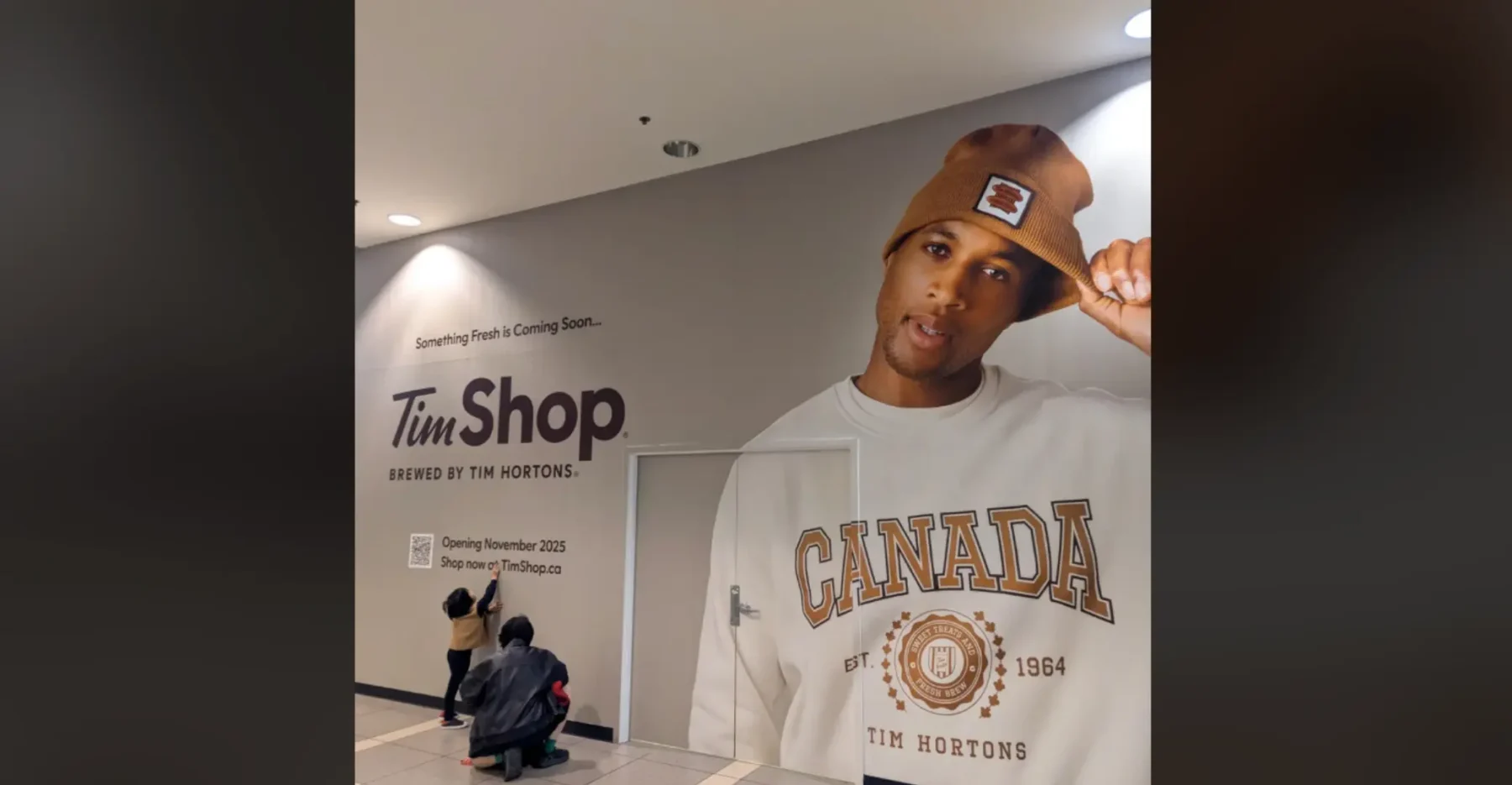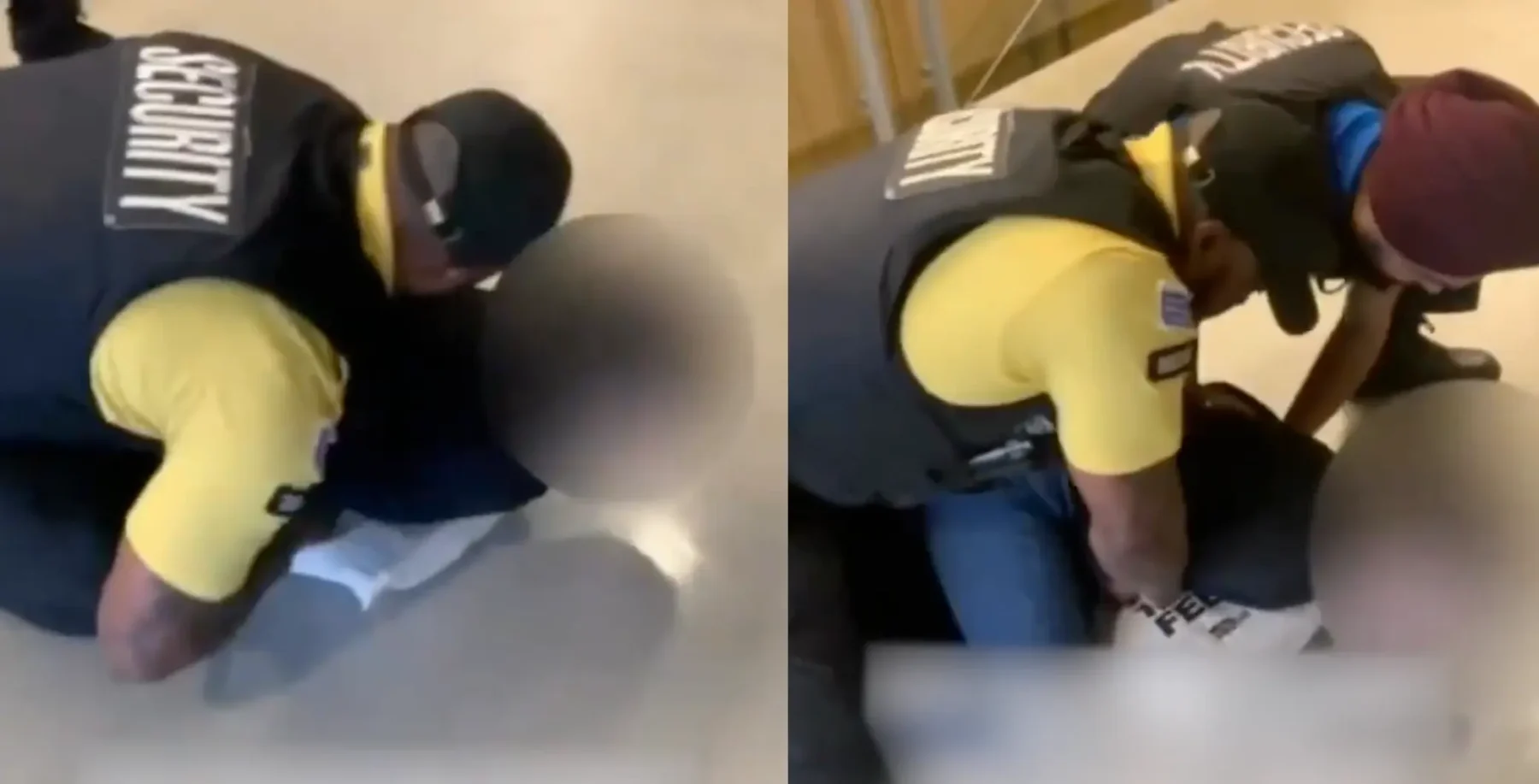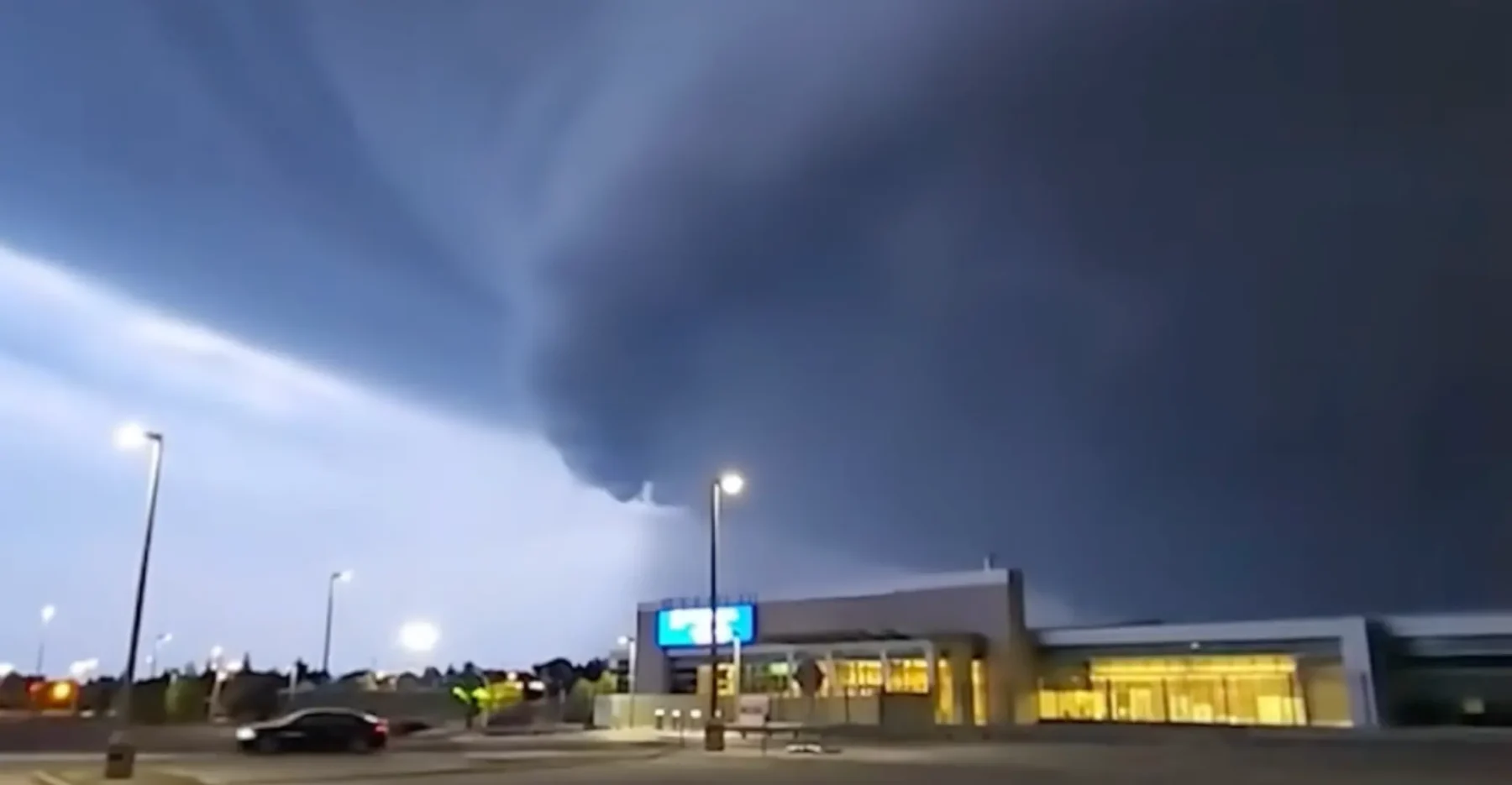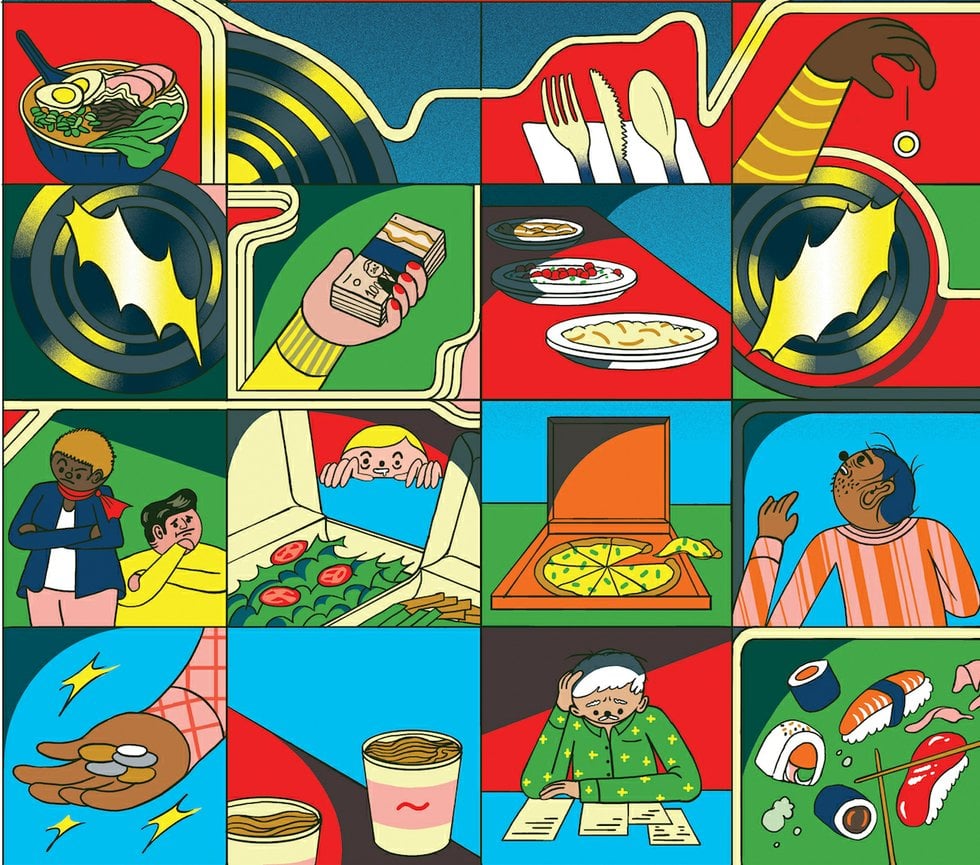
Nav Sangha wants to disrupt the disrupters.
“I’m going for the jugular, man,” says the owner of Parkdale restaurant Miss Thing’s and partner in Soso Food Club and Otto’s Bierhalle.
“Uber Eats – those guys are absolutely unbelievable to me. They fly the flag of technologists, but they’re monopolists.”
In 2017, Sangha created the start-up Ambassador, an IT and e-commerce platform for food service. As the coronavirus pandemic began obliterating the local food scene, he started offering it for free to restaurants in Toronto. More than 50 have since signed up, including Donna’s, Sugo, Bar Poet and more. He’s been working 12- to 14-hour days just to keep up with the demand for the platform.
Ambassador’s current goal is to get as many restaurants set up for self-managed delivery and takeout as quickly as possible. By giving restaurants the tools to do it themselves, Sangha is trying to create the post-COVID-19 future he wants to see: one without Silicon Valley middlemen.
The initiative is part of a growing backlash against takeout and delivery apps like Uber Eats, Foodora, Skip the Dishes, DoorDash and Ritual – services that dominate the market and take hefty commissions.
The pandemic has pushed restaurants, already operating on thin margins, to take stock of business operations and re-examine their relationships to delivery apps. Advocacy groups are pressuring the tech companies to lower fees, boycotts are springing up, politicians are urging people to order directly from local restaurants and neighbourhood diners are even volunteering to deliver the food themselves.
With all Toronto restaurants and bars closed for dining service, local businesses, from big chains to small mom-and-pop shops, are realizing how reliant they’ve become on apps like Uber Eats.
“This crisis has ripped the veil off the scheme and revealed the inequity in it,” Sangha says.

Nick Lachance
Why now?
The COVID-19 crisis has caused many problems and exposed others that already exist.
Before the Silicon Valley ride-hailing app Uber launched Uber Eats in Toronto in 2015, the delivery market was mostly limited to pizza and Chinese food. Then, it opened up drastically. Suddenly, any restaurant could deliver – whether or not they have drivers on staff – by outsourcing the labour to Uber, who manages the drivers and provides the platform.
As the service grew, so did people’s appetite for delivery. Soon restaurants were doing swift business on Uber Eats – the Toronto Star reported at the end of 2019 that the service had seen a 315 per cent increase in Toronto restaurants on the platform and a 270 per cent increase in monthly users in just two and a half years. Soon, the city became crowded with competitors. Bike couriers, hauling recognizable heat-controlled delivery bags, became ubiquitous on streets and in restaurants waiting for orders.
“It felt more normal to be on Uber Eats [before the pandemic],” says Douglas Ling, owner of Kensington Market Caribbean restaurant Maracas. “Everybody was doing it, every restaurant. It’s hard to compete. It’s like they have a monopoly. When you think food, you think Uber Eats.”
Delivery drivers are essential workers, on the frontline of the coronavirus pandemic, which has brought the companies’ labour issues to the forefront. Drivers are classified as independent contractors rather than employees, which means they often aren’t entitled to benefits or severance. Abruptly, two months after workers won the right to unionize, Foodora has pulled out of Canada. The company filed for bankruptcy, leaving money owing to hundreds of restaurants in Toronto and across Canada.
Using third-party services to schedule and manage deliveries takes control out of the hands of restaurateurs, some of whom are very particular about how their food is presented. An Uber Eats outage a few weeks ago left some restaurants without any business during their busiest hours. And with no communication from Uber, they didn’t even know there was a problem. Some restaurants, including Craig’s Cookies and Sugo, quit the platform.
But the biggest frustration for restaurants is with the commissions apps get from every sale.
“It’s completely unsustainable,” says Sangha.
Before the pandemic, commissions were easier to swallow since they only made up a percentage of sales. Many restaurants considered delivery as extra income while still making the highest profits from dining-room meals, which often include appetizers, desserts and drink orders. Now, the delivery and takeout market is the only market, and the commissions are eating into bottom lines while rent and other expenses pile up.
Two weeks ago, Liberty Group CEO Nick Di Donato posted a graphic on Instagram outlining the commission rates for delivery apps, from DoorDash’s 10 per cent to Uber’s 30 per cent.
“Many customers are actively going to delivery apps to support restaurants,” Di Donato – who operates Casa Loma, Liberty Grand, Cibo Wine Bar, Rosewater and more – tells NOW. “They should be aware of which apps are actually supporting restaurants.”
Canada’s restaurant industry has been uniting with campaigns like Save Hospitality and Save Your Local, asking for support from both the government and customers during the pandemic. For the Ontario Restaurant Hotel & Motel Association (ORHMA), banding together should include keeping the pressure on delivery apps. Even Mayor John Tory has asked Uber Eats to lower its commissions, to no avail. Today, Tory announced the city was partnering with food pickup app Ritual for Ritual ONE, offering the service free for life to Toronto businesses without commissions or monthly subscription fees.
“In these challenging times we all need to work together to survive this catastrophic storm,” writes Tony Elenis, ORHMA’s president and CEO, in an email to NOW. “In a slim margin sector, restaurants need a lifeline to stay afloat, and the high delivery cost needs to come down.”
Many apps have lowered fees during the pandemic, but Uber has been reluctant. The company reduced delivery rates for customers ordering over $20 from independent neighbourhood restaurants, but not for the restaurants themselves. As pressure has mounted, the company waived activation fees and now takes 15 per cent instead of 30 if restaurants use their own delivery people. They’ve also implemented an option for users to donate directly within the app to local restaurants, which they’ll match with their own donation to the Canadian Hospitality Worker Relief Fund (CHWRF).
But many restaurant owners find Uber’s “supporting local restaurants” messaging disingenuous as long as they keep collecting commissions.
“They have implemented many self-serving programs just so they attract more users,” Di Donato says. “They did a $5 million fundraising campaign to appear to be supporting the industry. That’s a drop in the bucket compared to what they are making on restaurants’ backs.”
Uber has been losing revenue since the pandemic started as bookings for rides have gone down, but bookings for Uber Eats are up by 54 per cent, according to the Verge. The company recently pulled Uber Eats out of eight countries, choosing instead to focus on places where they could corner the market.
The Liberty Group’s restaurants have joined an Uber Eats boycott instituted by Il Fornello, and holding their food off its app on Wednesdays, which have been branded by the food industry as Canada Takeout Day.
“Unfortunately, the sad fact is that Uber has nearly 80 per cent of the market,” Di Donato adds. “Every time they gain a new customer it hurts restaurants,”
Uber did not respond to repeated requests for comment.

Nick Lachance
So what’s the alternative?
As much as they complain about it publicly and privately, many local restaurants use major delivery apps anyway.
Delivery apps give restaurants access to a large pool of customers, many of whom open and browse the apps before they’ve decided which restaurant they want to order from. Restaurants can go on the app and know they’ve got a built-in audience, as well as a built-in delivery system.
In a widely read Medium essay, Joelle Parenteau, who owns Ottawa döner restaurant Wolf Down calls Uber Eats a necessary evil.
“Uber Eats does bring something to the table,” she writes. “Like, literally thousands of new customers to the table (and it’s their own tables at home vs tables restaurants pay overhead for). They provide access to a whole new audience and give restaurants the power to deliver directly to customers – with no investment, infrastructure or logistical nightmares.”
While she admits Uber eats into restaurants’ profit, Parenteau suggests simply raising prices on the platform – essentially transferring the cost from the restaurant to the customer.
For Ling, that’s not fair to the customer, especially at a time when takeout and delivery is no longer a premium service for people ordering from restaurants – it’s the only service.
“The only way to make money from it is to increase the price,” says Ling, who previously raised the price of his dishes by a few dollars when he sold them on Uber Eats. “But who’s really losing there? It’s definitely the customer.”
So Ling took Maracas off Uber Eats and instead started his own delivery service on Instagram. Unlike other services, he’s doing full meal plans: either three or six days a week, two meals a day. He’s hired four of his own delivery people and has priced the meals as close to cost as he possibly can. Somehow, six days of meals costs under $80. (Tips are also welcome.)
“Everybody’s having a hard time right now, so I just want to do my part to help people and not take advantage of them,” he says. “I’m not profiting anyway, so that money doesn’t need to go to Uber. Uber’s good [without it].”
A number of new competing delivery apps have stepped in during the pandemic. One is Tock To Go, a Chicago-based reservation app that expanded and pivoted to let people pre-order meals for takeout. Beck Taxi, meanwhile, recently introduced a flat fee for deliveries. But the best way to support a restaurant is to order directly.
Some spots put their menus on the apps but offer special deals if customers order directly, while others, like Left Field Brewery, have turned front-of-house staff or event staff who would otherwise have been laid off into delivery staff. There are even initiatives like iRover, a group of neighbourhood volunteers in Etobicoke who pick up and drop off orders for local restaurants as a community service.
City councillor Mike Layton has put together a list of resources in a Ward 11 Business Info Sheet, listing restaurants and shops in his ward (which includes retail-heavy areas like Chinatown, Kensington Market, the Annex and Yorkville) and how to order from them. The document also compiles sites like DIY Deliveries, which collects restaurants doing their own business without the use of third-party services, and a Google map that shows you where they are.

What can you do?
These initiatives arose in response to the needs of restaurants, but also customers who want to “support local.” It’s not as easy to find a restaurant doing DIY delivery as it is to open an app, but ordering directly allows you to be more active and engaged as a customer. That means watching a restaurant’s social media feed, forging a connection with chefs and owners and often talking to them directly. At a time when you can’t stop into your local for a drink or a bite, it has a similar effect – getting to know the people who make your food and consciously supporting them.
“People are realizing the power of their dollar,” says Sangha. “They want to support local. And the emerging thing is they want to order local, too. They don’t want their order going to some startup bro in the valley who is going to take a big chunk of the profits.”
Ambassador helps businesses create menu websites and handles everything from the software to taking orders to routing deliveries. It also integrates into apps like Instagram and Facebook Messenger. The normal subscription fee would be a $99 a month flat rate, but Sangha says he isn’t collecting during the pandemic. His focus is on “the little guy,” the small business owner, and not enterprising or investors.
“The bottom line is we don’t ever want to take commissions,” he says. “I’ve worked in restaurants for 20 years. I own restaurants. I know how slim the margins are. Any little thing can derail the whole operation.”
Ambassador is not itself a delivery company like Uber Eats or Skip the -Dishes – restaurants still have to either stick to takeout, use an existing delivery service or hire drivers. Delivery services can integrate into Ambassador if restaurants want, and Sangha and his “lean” team will help them employ them (he suggests DoorDash as the fairest one).
But he still looks at the apps, especially Uber, as rivals. Ambassador’s next target is to partner with delivery fleets, with the eventual goal of on-demand delivery and a flat fee instead of a commission, putting 100 per cent of the power into the hands of local businesses.
The coronavirus pandemic is likely going to last beyond the end of the shutdown. Ontario will reopen in stages, and dining rooms are likely going to open little by little. Delivery and takeout will continue to make up a major percentage of restaurants’ business. But Sangha envisions a future when they don’t rely on third-party apps at all.
“When this is all over, we’d better not be looking to the same old gatekeepers for help,” he says. “They’re not here to help small businesses, they’re here to dominate.”
@trapunski

